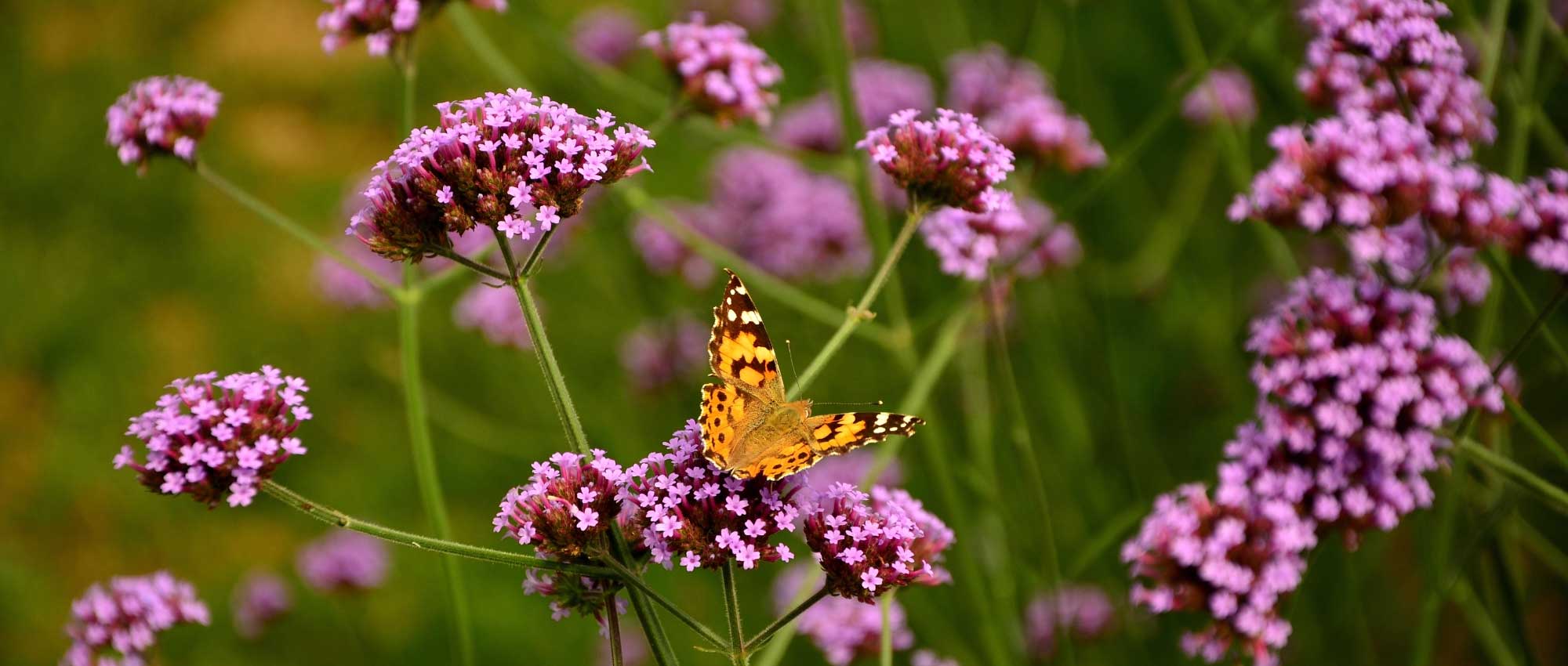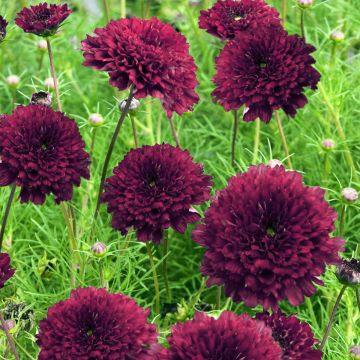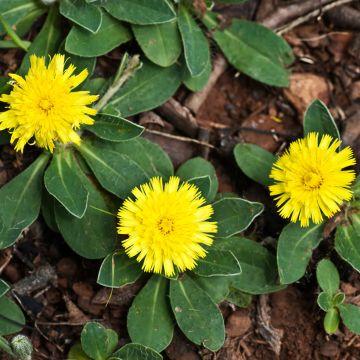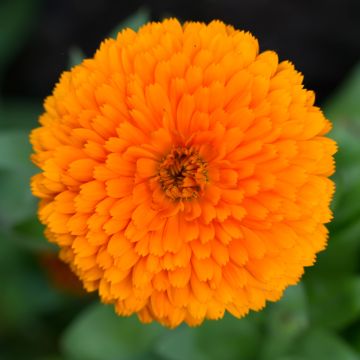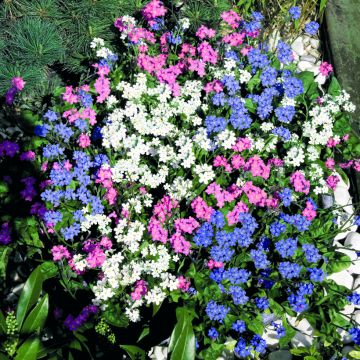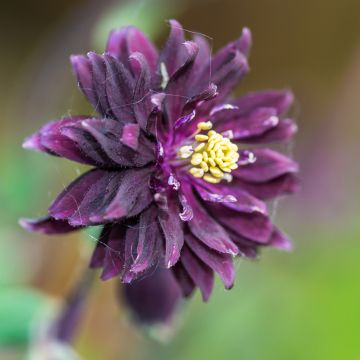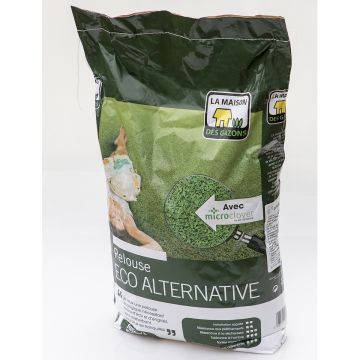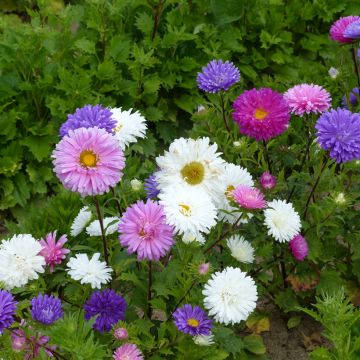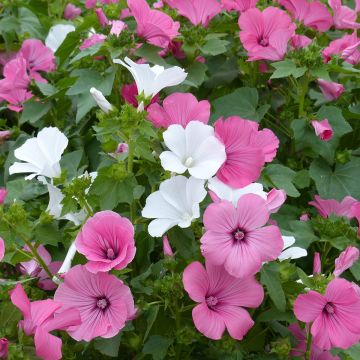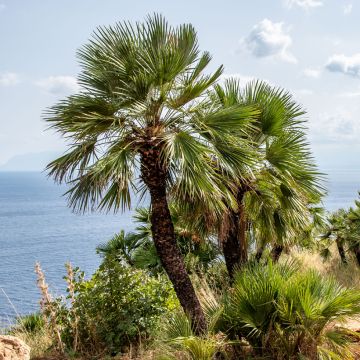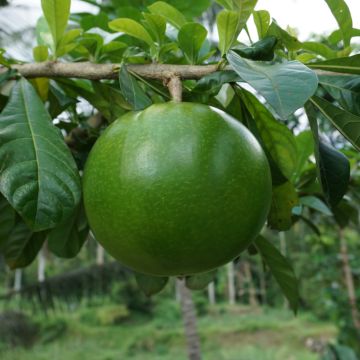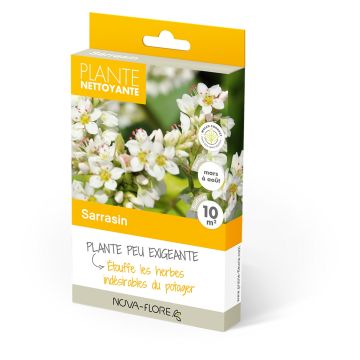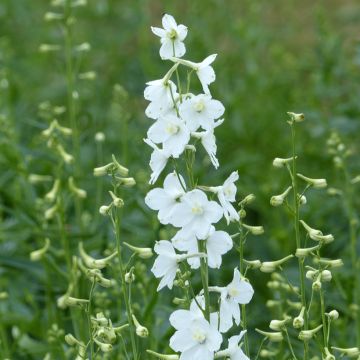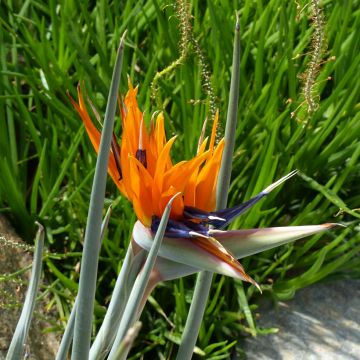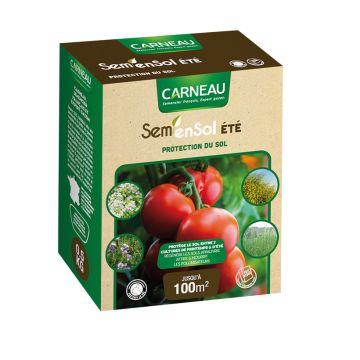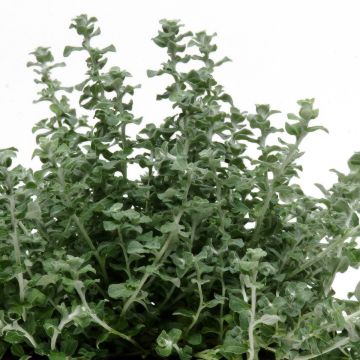

Verbena Purple Top - Vervain Seeds
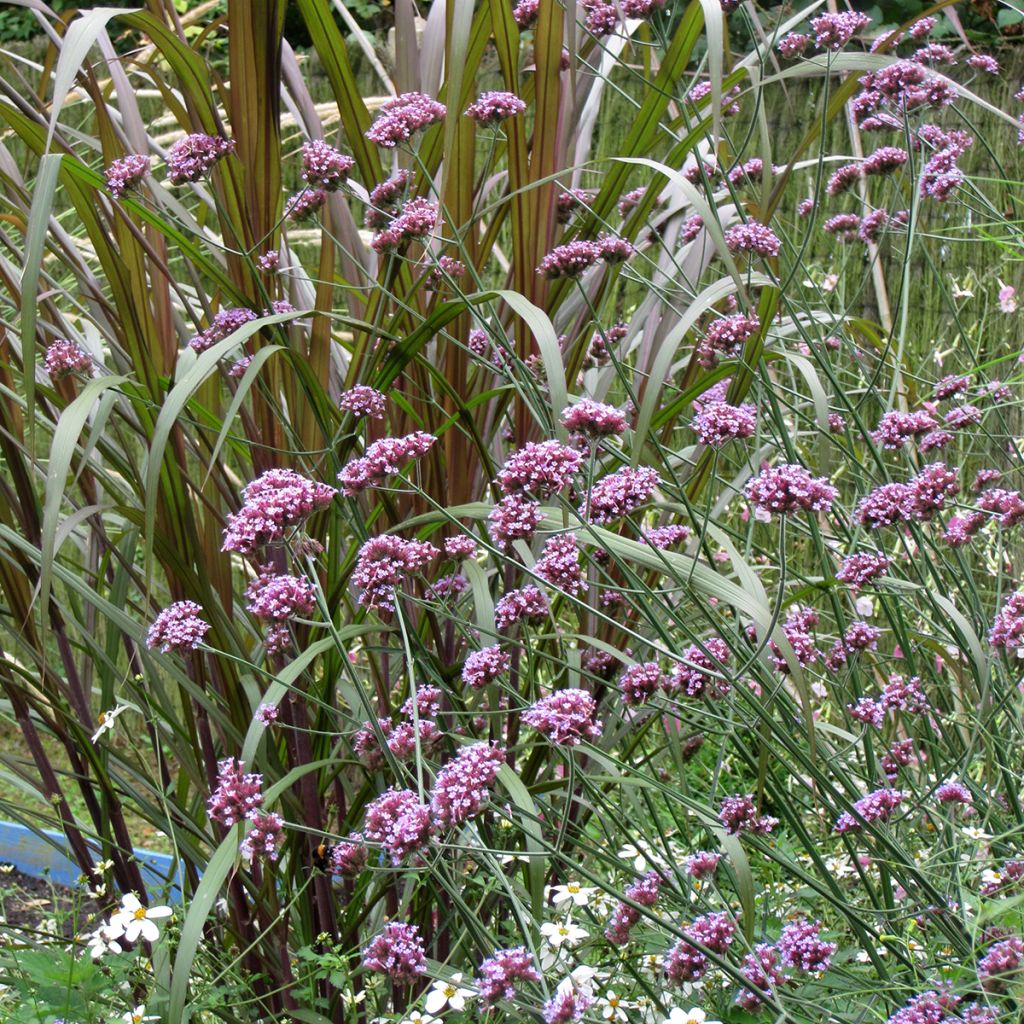

Verbena Purple Top - Vervain Seeds
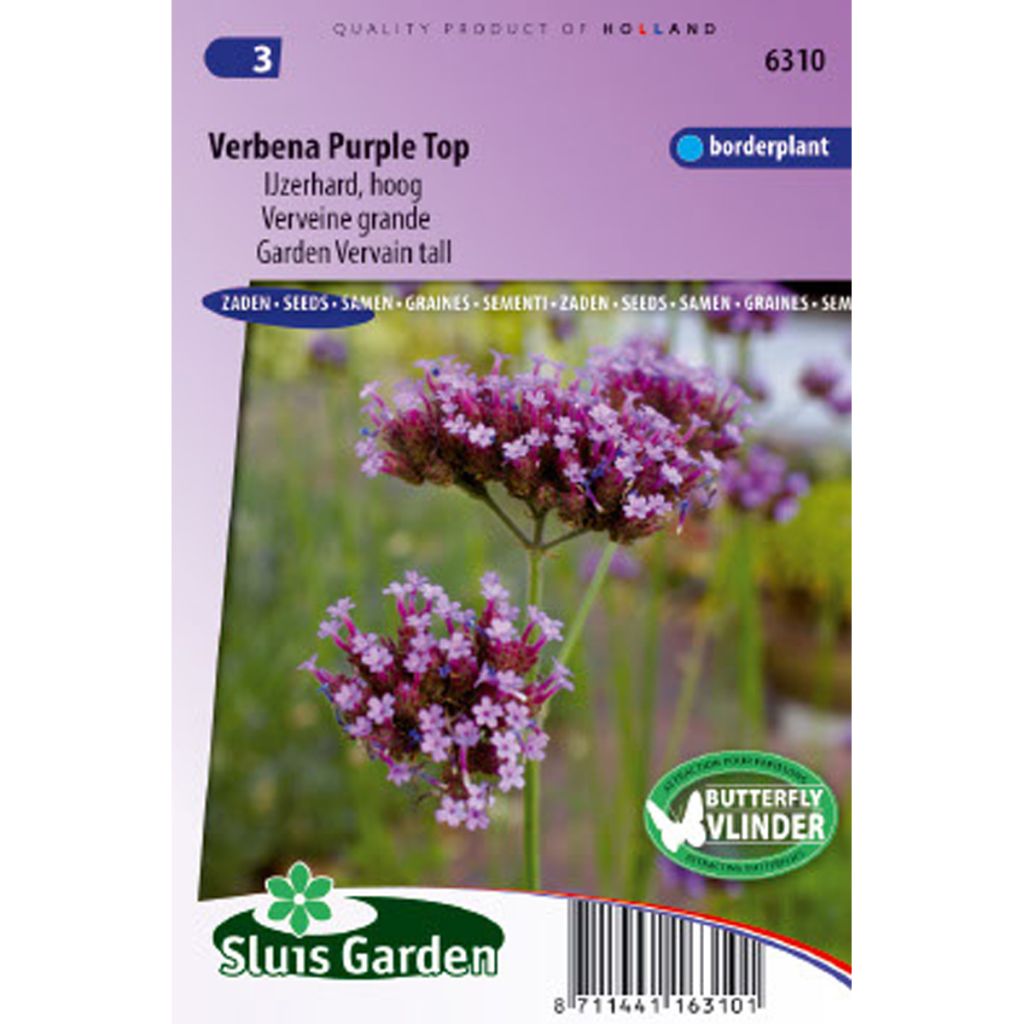

Verbena Purple Top - Vervain Seeds
Verbena Purple Top - Vervain Seeds
Verbena bonariensis Purple Top
Purple Top, Argentinean Vervain, Pretty Verbena, Clustertop Vervain
I absolutely love Buenos Aires verbena. I can't wait for it to grow eagerly.
Marilyn , 15/01/2024
Special offer!
Receive a €20 voucher for any order over €90 (excluding delivery costs, credit notes, and plastic-free options)!
1- Add your favorite plants to your cart.
2- Once you have reached €90, confirm your order (you can even choose the delivery date!).
3- As soon as your order is shipped, you will receive an email containing your voucher code, valid for 3 months (90 days).
Your voucher is unique and can only be used once, for any order with a minimum value of €20, excluding delivery costs.
Can be combined with other current offers, non-divisible and non-refundable.
Home or relay delivery (depending on size and destination)
Schedule delivery date,
and select date in basket
This plant carries a 6 months recovery warranty
More information
We guarantee the quality of our plants for a full growing cycle, and will replace at our expense any plant that fails to recover under normal climatic and planting conditions.

Would this plant suit my garden?
Set up your Plantfit profile →
Description
Verbena bonariensis, also called purple top vervain, is a very airy perennial, much sought after by butterflies. From summer to the first frosts, a modestly-sized basal clump of leaves produces tall stems bearing panicles of airy, fragrant, small, purplish mauve flowers. Let it grow freely in flowerbeds. In autumn, it will easily self-seed among perennials and in the naturalistic areas of the garden, bringing a lot of freshness and airiness. This easy-to-grow plant is also very drought-resistant. It thrives in deep, light soils in the sun.
Purple top vervain originates in South America, from Argentina to Brazil. Often grown as an annual, it is actually a tall, hardy perennial with deeply toothed leaves, grouped in a cushion-like basal rosette that grows to at least 50 cm in width. Its rapid growth allows it to flower in the first year of sowing. In early summer, it produces tall, square, fairly narrow, sparsely leaved stems that bear inflorescences in the form of light panicles at a height of more than 1 m. The tiny flowers display two shades of colour: lavender and purple-pink, and are either borne by terminal or axillary branches. They don't cease to bloom until the first frosts arrive, slowing only in periods of intense drought. It is a nectar-rich and melliferous plant, attracting a large number of butterflies which further accentuate its charm. The plant produces many seeds that are as fine as dust, which ensure the renewal of older plants or plants destroyed by hard frost.
Airy, elegant, delicately scented and permanently crowned by a halo of butterflies in flight, purple top verbena is an ideal plant for cottage beds and dry gardens. It goes well with Ammi, ornamental carrots, shrubby sages and lavender, wherever water is likely to run out. This plant is a boon for more barren soils, as it contents itself with very little and still is just as generous. It is ideal for providing an airy touch to a bed of coarser plants such as the big flowers of dahlias. You can also grow it in a large pot to take full advantage of its long flowering period.
Flowering
Foliage
Plant habit
Botanical data
Verbena
bonariensis
Purple Top
Verbenaceae
Purple Top, Argentinean Vervain, Pretty Verbena, Clustertop Vervain
South America
Other Flower seeds A to Z
View all →Planting and care
Sowing under cover : in February-March. Sow purple top vervain seeds in trays, pots, etc. in a special seed starting mix. Place the seedlings in a propagator, a mini-greenhouse or a heated room kept at an optimum temperature of 15-18 °C. Sow in a well-drained growing medium, taking care to barely cover the seeds. Germination is very slow and irregular. The soil should be kept cool and moist but not saturated with water at all times. Prick out young plants when they are large enough to be handled in 8 cm pots. It is important to acclimatize young plants to outdoor conditions before planting them out in full sun in well-drained soil, spacing them 60 cm apart. Cultivation: purple top vervain likes supple, deep, well-drained soil, even if calcareous, and sunny positions. The plant has a short lifespan, but its small, very fine seeds easily germinate in the garden. This plant is drought tolerant.
Sowing period
Intended location
Planting & care advice
-
, onOrder confirmed
Reply from on Promesse de fleurs
Similar products
Haven't found what you were looking for?
Hardiness is the lowest winter temperature a plant can endure without suffering serious damage or even dying. However, hardiness is affected by location (a sheltered area, such as a patio), protection (winter cover) and soil type (hardiness is improved by well-drained soil).

Photo Sharing Terms & Conditions
In order to encourage gardeners to interact and share their experiences, Promesse de fleurs offers various media enabling content to be uploaded onto its Site - in particular via the ‘Photo sharing’ module.
The User agrees to refrain from:
- Posting any content that is illegal, prejudicial, insulting, racist, inciteful to hatred, revisionist, contrary to public decency, that infringes on privacy or on the privacy rights of third parties, in particular the publicity rights of persons and goods, intellectual property rights, or the right to privacy.
- Submitting content on behalf of a third party;
- Impersonate the identity of a third party and/or publish any personal information about a third party;
In general, the User undertakes to refrain from any unethical behaviour.
All Content (in particular text, comments, files, images, photos, videos, creative works, etc.), which may be subject to property or intellectual property rights, image or other private rights, shall remain the property of the User, subject to the limited rights granted by the terms of the licence granted by Promesse de fleurs as stated below. Users are at liberty to publish or not to publish such Content on the Site, notably via the ‘Photo Sharing’ facility, and accept that this Content shall be made public and freely accessible, notably on the Internet.
Users further acknowledge, undertake to have ,and guarantee that they hold all necessary rights and permissions to publish such material on the Site, in particular with regard to the legislation in force pertaining to any privacy, property, intellectual property, image, or contractual rights, or rights of any other nature. By publishing such Content on the Site, Users acknowledge accepting full liability as publishers of the Content within the meaning of the law, and grant Promesse de fleurs, free of charge, an inclusive, worldwide licence for the said Content for the entire duration of its publication, including all reproduction, representation, up/downloading, displaying, performing, transmission, and storage rights.
Users also grant permission for their name to be linked to the Content and accept that this link may not always be made available.
By engaging in posting material, Users consent to their Content becoming automatically accessible on the Internet, in particular on other sites and/or blogs and/or web pages of the Promesse de fleurs site, including in particular social pages and the Promesse de fleurs catalogue.
Users may secure the removal of entrusted content free of charge by issuing a simple request via our contact form.
The flowering period indicated on our website applies to countries and regions located in USDA zone 8 (France, the United Kingdom, Ireland, the Netherlands, etc.)
It will vary according to where you live:
- In zones 9 to 10 (Italy, Spain, Greece, etc.), flowering will occur about 2 to 4 weeks earlier.
- In zones 6 to 7 (Germany, Poland, Slovenia, and lower mountainous regions), flowering will be delayed by 2 to 3 weeks.
- In zone 5 (Central Europe, Scandinavia), blooming will be delayed by 3 to 5 weeks.
In temperate climates, pruning of spring-flowering shrubs (forsythia, spireas, etc.) should be done just after flowering.
Pruning of summer-flowering shrubs (Indian Lilac, Perovskia, etc.) can be done in winter or spring.
In cold regions as well as with frost-sensitive plants, avoid pruning too early when severe frosts may still occur.
The planting period indicated on our website applies to countries and regions located in USDA zone 8 (France, United Kingdom, Ireland, Netherlands).
It will vary according to where you live:
- In Mediterranean zones (Marseille, Madrid, Milan, etc.), autumn and winter are the best planting periods.
- In continental zones (Strasbourg, Munich, Vienna, etc.), delay planting by 2 to 3 weeks in spring and bring it forward by 2 to 4 weeks in autumn.
- In mountainous regions (the Alps, Pyrenees, Carpathians, etc.), it is best to plant in late spring (May-June) or late summer (August-September).
The harvesting period indicated on our website applies to countries and regions in USDA zone 8 (France, England, Ireland, the Netherlands).
In colder areas (Scandinavia, Poland, Austria...) fruit and vegetable harvests are likely to be delayed by 3-4 weeks.
In warmer areas (Italy, Spain, Greece, etc.), harvesting will probably take place earlier, depending on weather conditions.
The sowing periods indicated on our website apply to countries and regions within USDA Zone 8 (France, UK, Ireland, Netherlands).
In colder areas (Scandinavia, Poland, Austria...), delay any outdoor sowing by 3-4 weeks, or sow under glass.
In warmer climes (Italy, Spain, Greece, etc.), bring outdoor sowing forward by a few weeks.






























